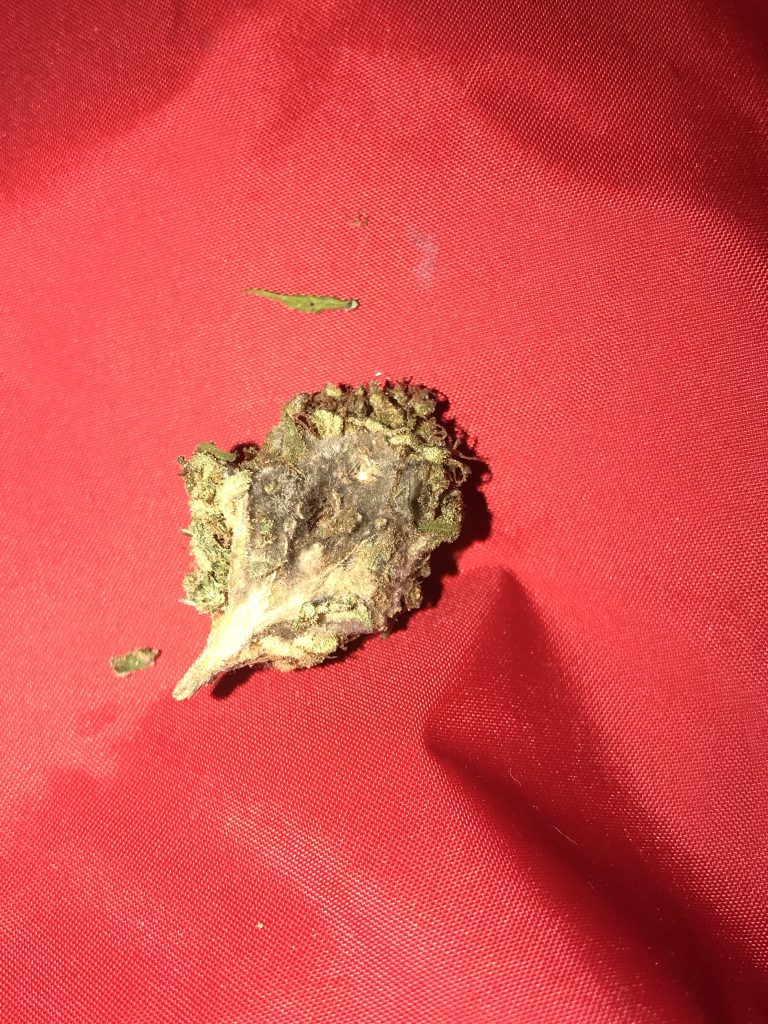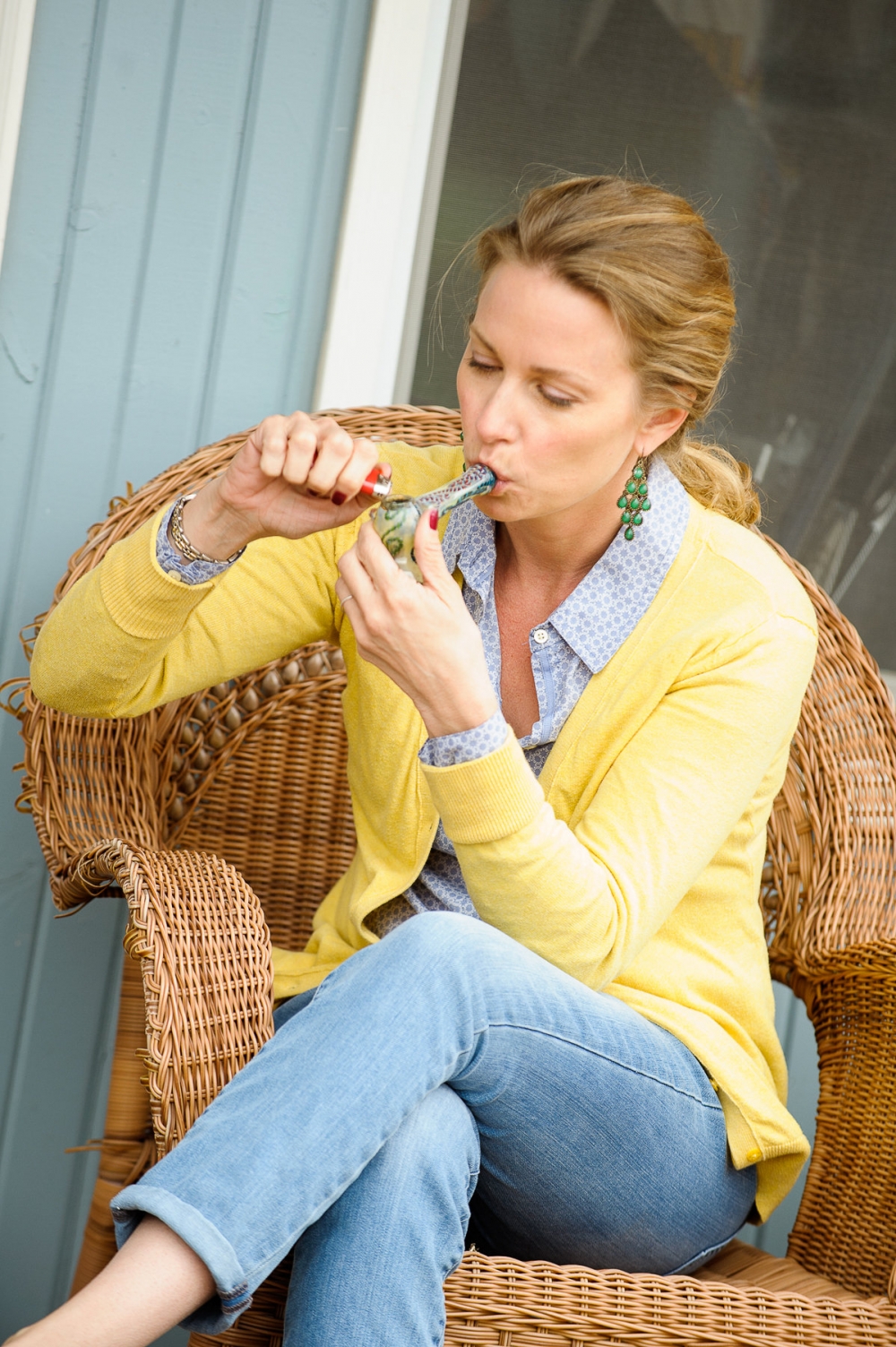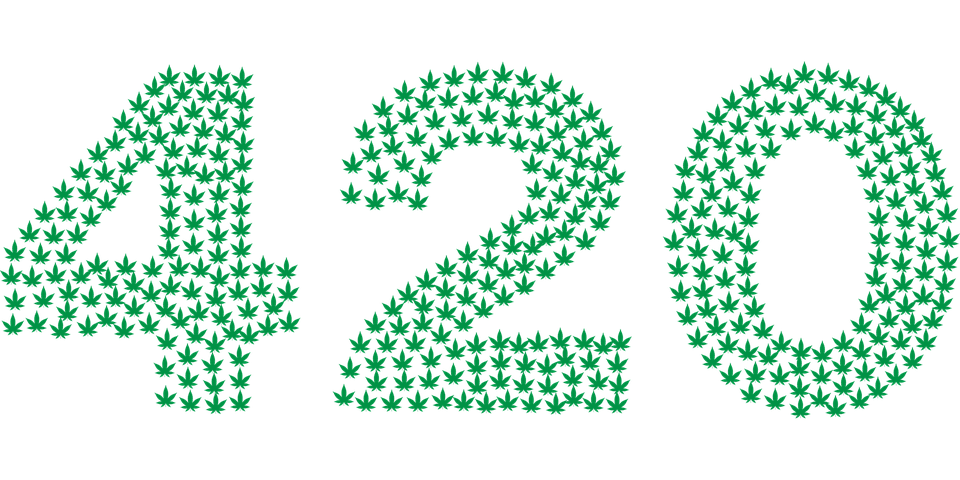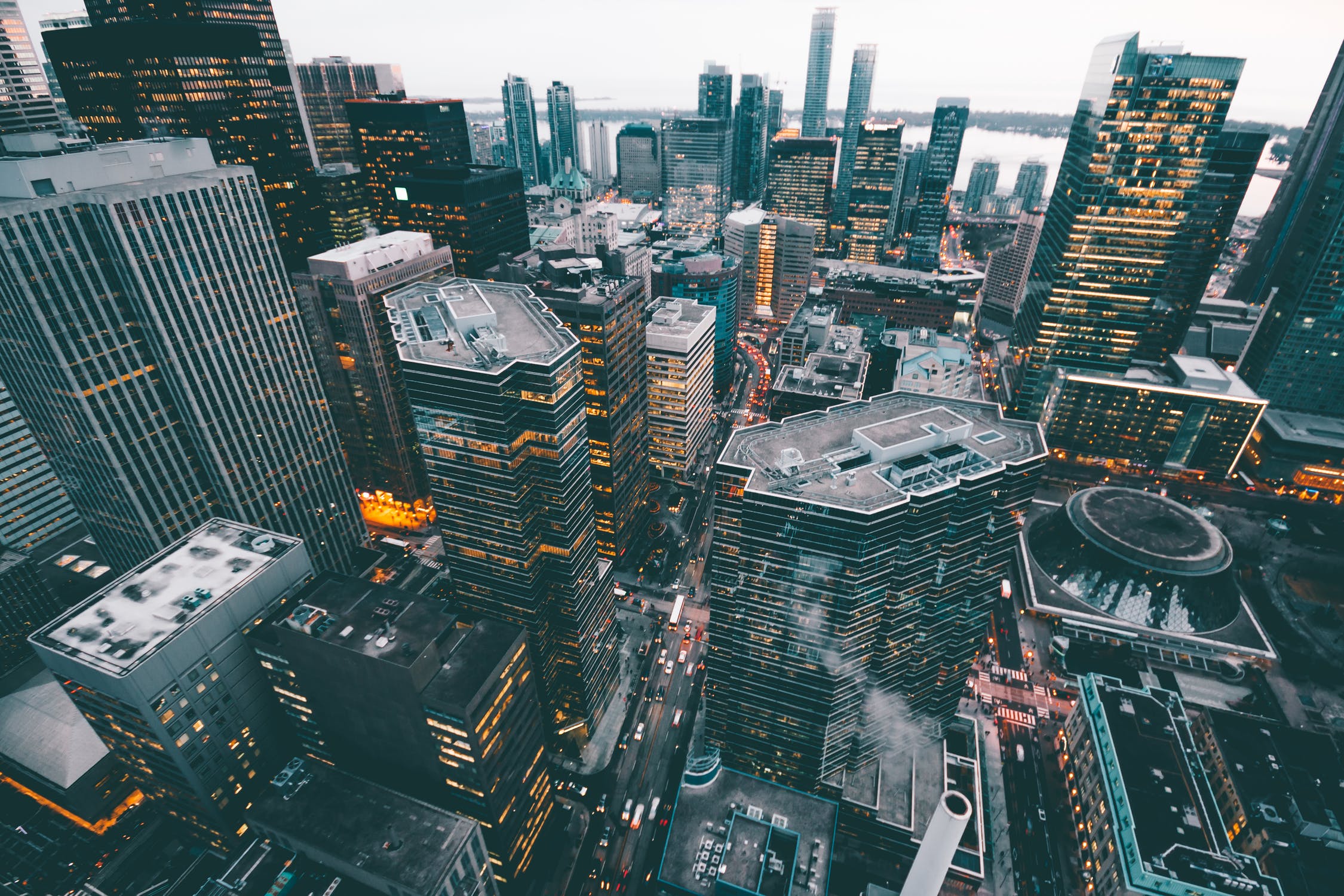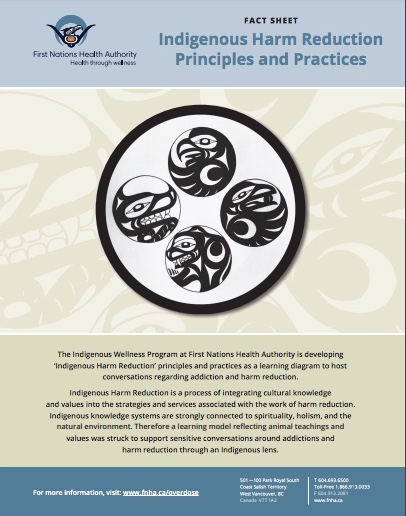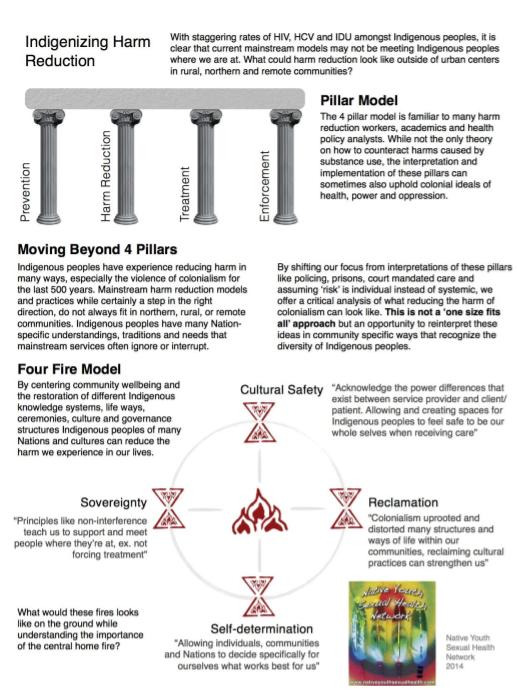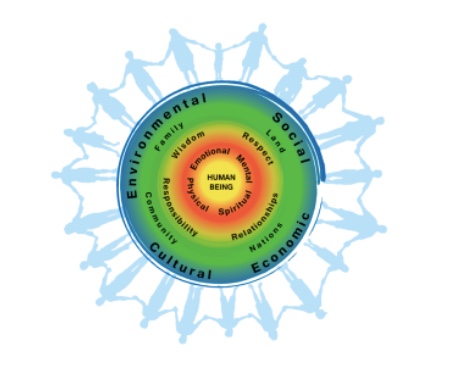As many of you know through every day life, not to mention various media scandals, and the #metoo campaign, “no means no.” To some, this movement could come off as new wave feminism that puts very confusing restrictions towards people. In reality, consent is everywhere. Whether it’s for sex, physical contact, or even to take a picture. This brings us to the big question…
What is consent?
Consent is an active agreement for something to happen (sexual or otherwise) or to do something between two or more people. It is an ongoing process that often needs a little added reassurance to guarantee comfortability towards everyone. But what does consent look like? Making sure you ask to do something whenever necessary to ensure people’s comfortability, safety, and needs. That doesn’t mean that you have to ask every 5 minutes! Consent can come through various ways throughout your normal day-to-day life through things like:
- Physical interaction such as hugging, high fives, shoulder taps, handshakes, etc.
- Bringing people over to private personal spaces
- Sharing personal information and/or things
- Taking photos
- Posting online
- Forming new relationships
- Privacy terms on social media
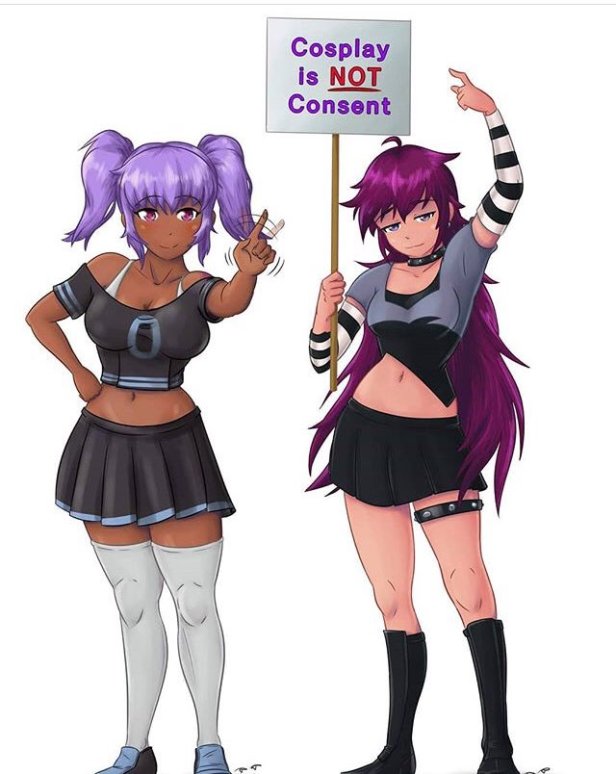 Why consent is important
Why consent is important
Simple; it’s just being a decent human being. It’s important to be able to respect one another and especially to respect each other’s boundaries, whether the person is a stranger, a really close friend, or your partner. Besides, you don’t want to end up in a problematic situation simply because you didn’t want to ask! We are all a part of creating a community where people can feel safe and included without fear of harassment, shame, exclusion, and judgement.
How to ask for consent
Consent doesn’t have to be awkward or forward. It can be fun and sexy too! Here are a few examples of asking for consent in casual conversations:
- “Do you like that?”
- “Do you want me to____?”
- “Is it okay if I____?”
Some ways you can ask for consent from your partner or someone you’ve already been talking to about sexy times :
(do NOT use these for strangers – they are kind of harassy!)
- “Should I get a condom?”
- “Let’s get these clothes off ;3”
- Making suggestive humping movements and going “eehhh??” ( ͡° ͜ʖ ͡°)
It’s super important to be able to accept a “no” in response to any of these, and even thank the person for having good boundaries!
